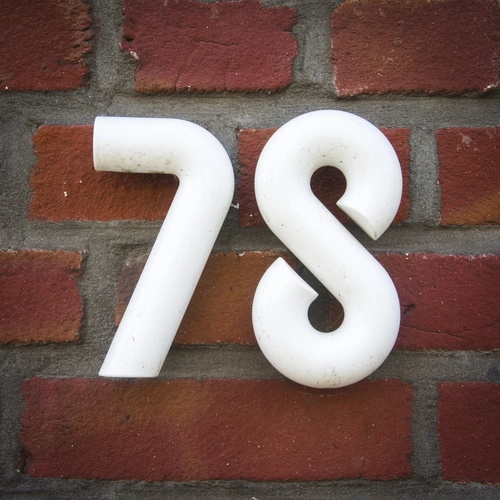Otolaryngology Coding Alert
Reader Question:
Avoid Modifier 50 on Laryngoscopies with Laser Lesion Removal
Published on Thu Aug 17, 2017

You’ve reached your limit of free articles. Already a subscriber? Log in.
Not a subscriber? Subscribe today to continue reading this article. Plus, you’ll get:
- Simple explanations of current healthcare regulations and payer programs
- Real-world reporting scenarios solved by our expert coders
- Industry news, such as MAC and RAC activities, the OIG Work Plan, and CERT reports
- Instant access to every article ever published in Revenue Cycle Insider
- 6 annual AAPC-approved CEUs
- The latest updates for CPT®, ICD-10-CM, HCPCS Level II, NCCI edits, modifiers, compliance, technology, practice management, and more
Related Articles
Other Articles in this issue of
Otolaryngology Coding Alert
- Compliance:
Know the Ins and Outs of the ABN Billing Process
Use medical necessity and denial history as a gauge when issuing ABNs. Depending your degree [...] - CPT® Coding:
Consider Medicare Guidelines, Medical Necessity when Coding Rhinoplasties
Take each of these factors into account to simplify the coding and billing process. Speaking [...] - ICD-10 Coding:
Catch Up on these New and Revised ICD-10 Changes
Begin preparations now to hit the ground running on Oct. 1. Oct., 2017 will bring [...] - You Be the Coder:
Be Cognizant of Rules Surrounding E/M Visits, 69210
Question: Can I bill for 69210 with an evaluation and management (E/M) visit if the physician [...] - Reader Question:
Avoid Modifier 50 on Laryngoscopies with Laser Lesion Removal
Question: Our physician performed a flexible laryngoscopy with laser removal and biopsy of lesions on the [...] - Reader Question:
Check Global Period for these Debridement Procedures
Question: A patient returns to the doctor’s office for a debridement of a tympanoplasty with a [...]
View All




